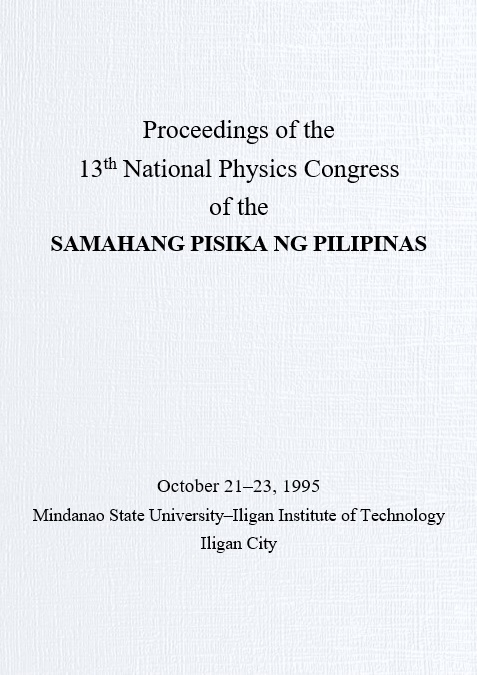Spectral recovery in crossing-based spectrum analysis by analytic continuation: Minimum negativity constraint
Abstract
We demonstrate the use of analytic continuation and the minimum negativity constraint, in recovering the correct spectrum of an analog signal f(x) that is undersampled. The spectral bandwidth of f(x) is B. A truncated Fourier spectrum representing the undersampled f(x) is computed from its crossings ti's with a reference sinusoid r(x) = Acos(2𝜋Wt) where W < B/2. If amplitude A is chosen such that A ≥ lf(x)l for all values of f(x), then 2M = WT crossings of f(x) exist within the sampling period T. Each crossing in {ti} is a solution to: f(x) = r(x), and Fourier spectrum is computed from {ti} using Newton’s formula. The cut-off frequency in crossing-based sampling is equal to W and f(x) is undersampled when W < B/2. The Nyquist sampling theorem requires that a crossing occurs within every half period 1/2W so that f(x) is sampled effectively at a rate of 2W. Undersampling results in the appearance of spurious peaks, line broadening, and ringings in the observed signal. If f(x) is known a priori to be non-negative within T then minimum negativity constraint can be utilized to recover the correct spectrum of f(x) from the truncated Fourier spectrum. We demonstrate full recovery in an undersampled doublet spectrum (B = 90) even for a reference sinusoid frequency W that is as low as 0.4B/2. The quality of recovery is assessed using Linfoot's criteria: fidelity, structural content, and alignment of peaks. The recovery technique is also applied to signals with additive Gaussian noise.
Downloads
Issue
21-23 October 1995, Mindanao State University–Iligan Institute of Technology, Iligan City











